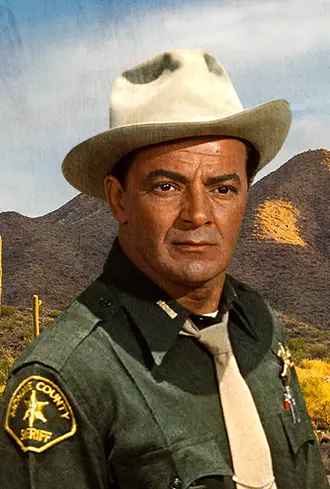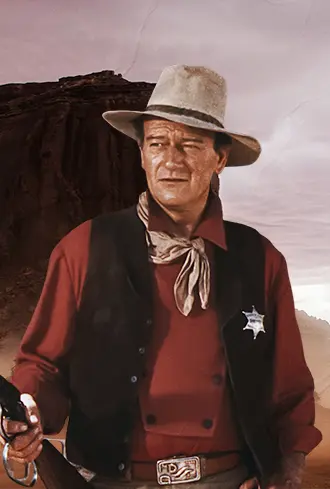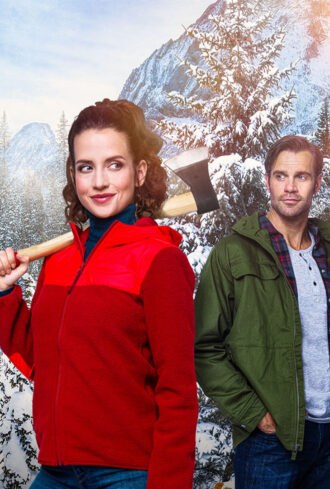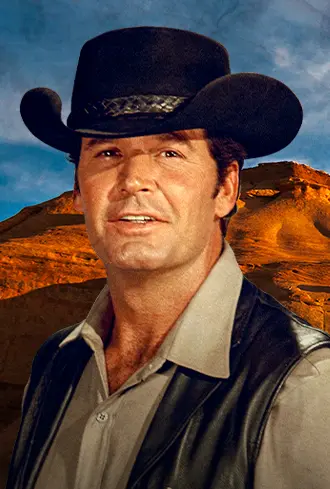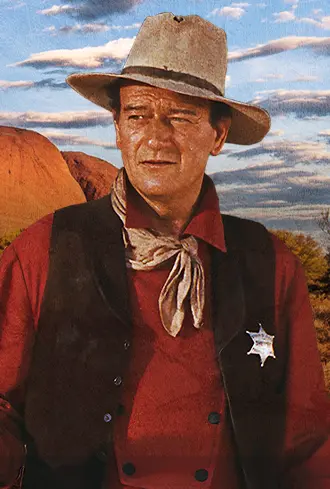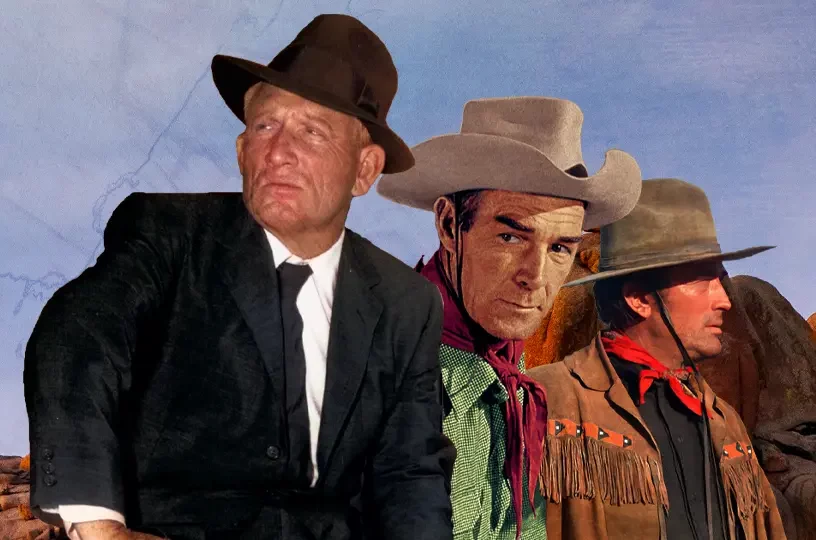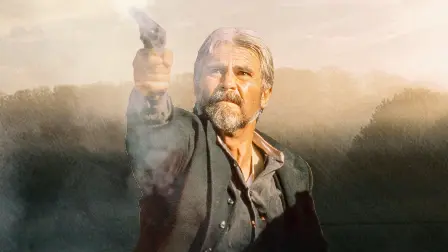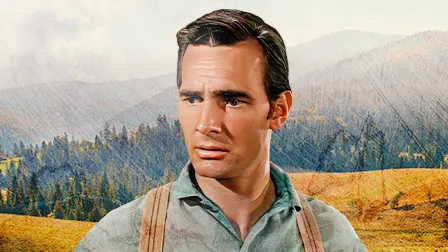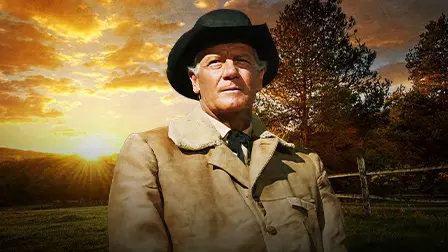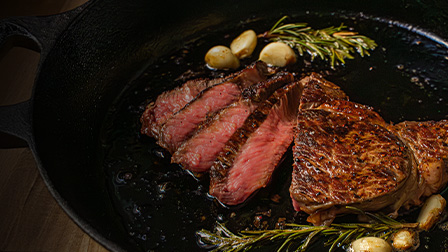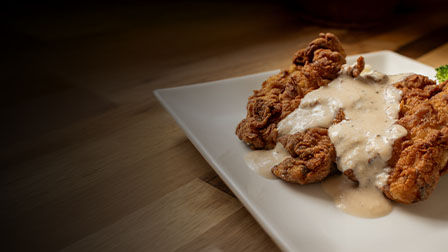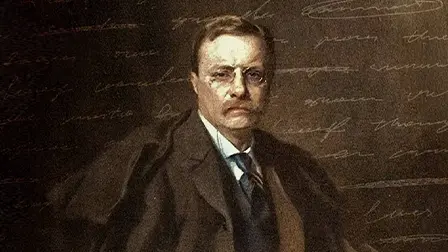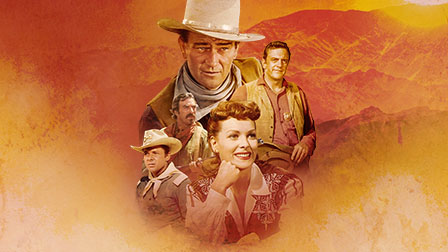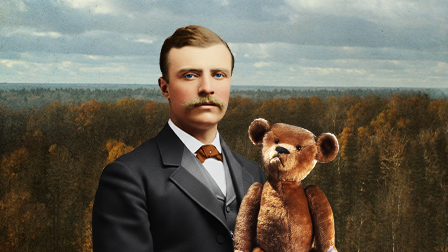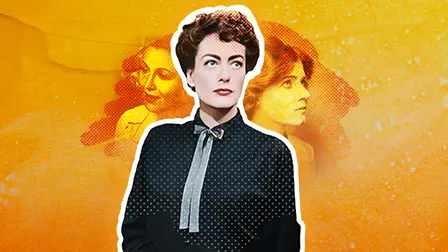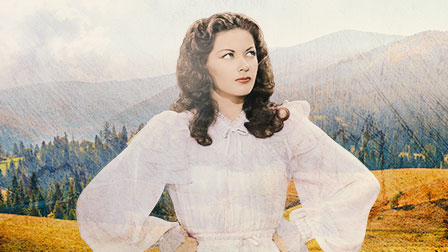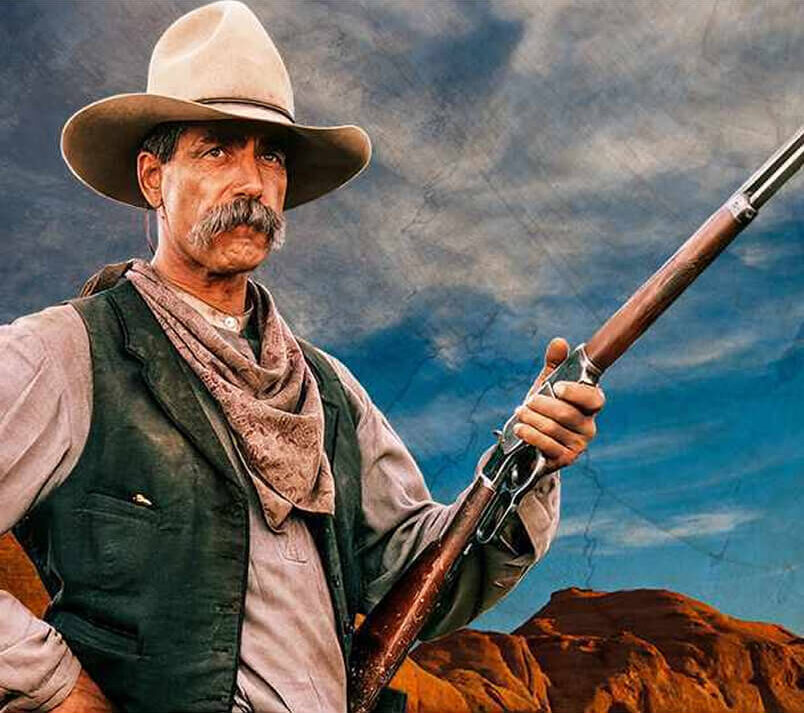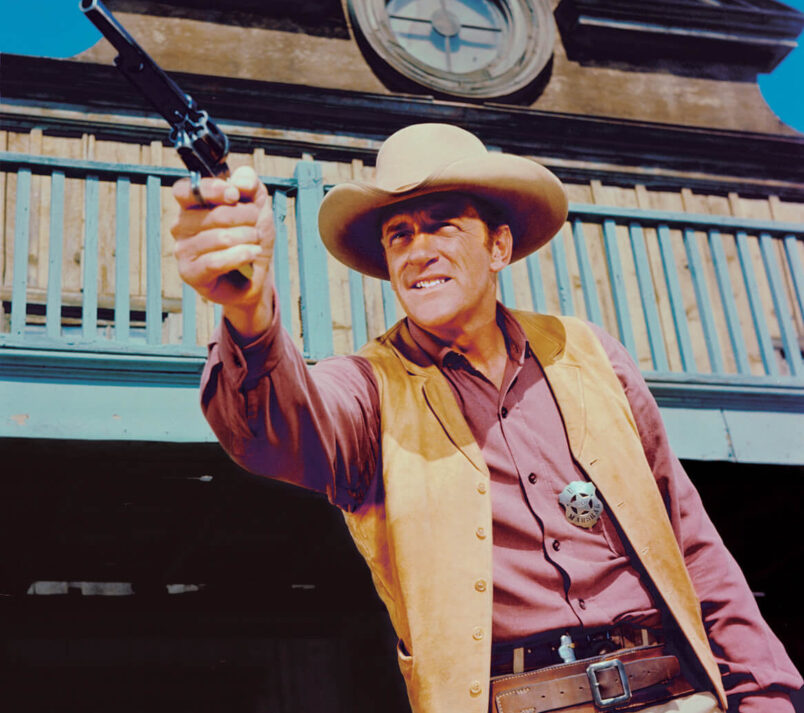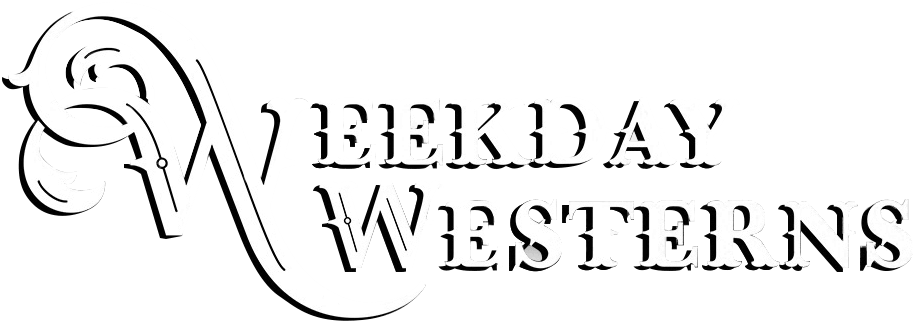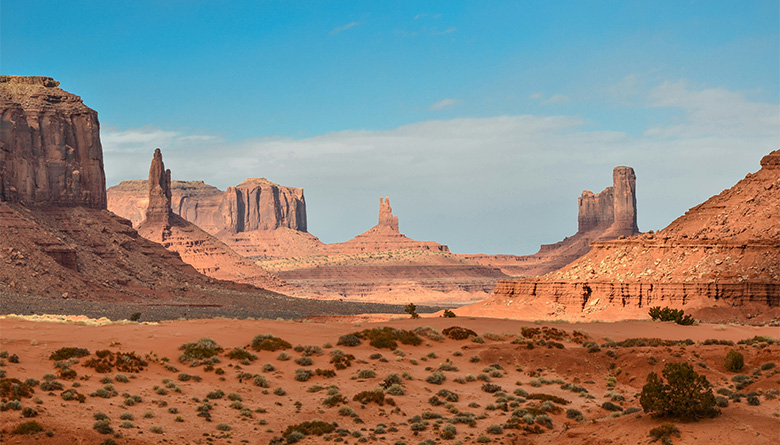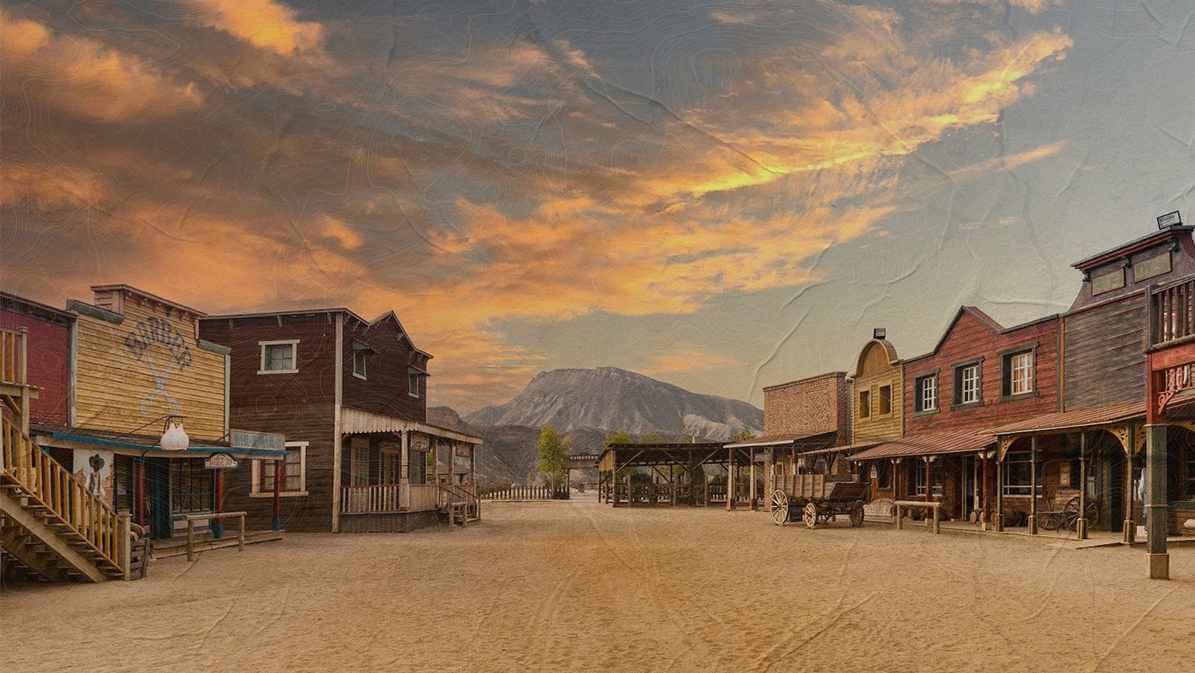There was no shortage of bigger-than-life characters—from cowboys to outlaws—in America’s Old West. We’ve all heard of Kit Carson, Buffalo Bill, Pat Garrett, Charles Goodnight, John Chisum, Calamity Jane and Annie Oakley. But there was a whole other group of men and women, who herded cattle, drove stagecoaches, rode the rodeo, fought in wars, or performed in Wild West shows, whose guts, grit and skills were well known, in their day, but are often lost in history books and popular entertainment—cowboys of African descent.
While popular legend depicts the twenty-year golden age of the American West from 1866 to 1886 with great cattle drives led by tough, grizzled white men, the reality is those determined white men often worked side-by-side with equally-tough and determined Black, Mexican and Native American cowhands. It’s estimated that at least one-fourth of the cowboys who traversed the open range were Black.
Many Black cowboys were former slaves, who took their chances riding the frontier, though riskier, rather than working on farms. Black cowboys who were still slaves were treated with far more respect and dignity than their counterparts working on plantations, since by the very nature of the job, cowboys needed to be independent, trustworthy, and once in the ranks, all cowboys, regardless of race or ethnicity, lived by the “Cowboy Code” of taking responsibility, working as a team, protecting each other in harrowing circumstances. It didn’t matter the color of the hand that reached out to save your life.
That’s not to say that prejudice or discrimination did not exist, even after the abolition of slavery, but Black and white cowboys were able to bridge their differences way easier than those in the east and in other areas of society. What mattered was getting the job done, and many Blacks were drawn to the cowboy life and assimilated well because they were skilled at working cattle in their former home countries of West Africa. But, still, it was likely the Black cowboys were assigned the more dangerous jobs—breaking wild or young horses, and being first to lead cattle across rapid or deep rivers. Indeed, they played a major role in shaping this great nation.
Black Cowboys’ Place in American History
Here is an introduction to a few of the many African American men—and women—who helped settle the Wild West.
Bass Reeves (1838-1910)

U.S. Marshals were instrumental in maintaining law and order in the Old West. Bass Reeves was the first African American Deputy U.S. Marshal to patrol the essentially lawless Indian Territory west of the Mississippi. Born into slavery, Reeves fled north from Texas during the Civil War and lived among the Cherokee, Creek and Seminole tribes, learning their ways and their languages. When slavery was abolished in 1865, he moved to Arkansas, became a farmer, married and, over the years, had 11 children.
In 1875 word reached U.S. Marshal James Fagan that Reeves was adept at speaking several Indian languages, and soon Reeves hung up the overalls and pinned on a badge. He served 32 years as a federal peace officer in Indian Territory and at retirement claimed to have arrested more than 3,000 felons. Surely, one of the most difficult was tracking, and bringing to justice his own son, Bennie, for the murder of his wife. After retiring from the Marshals Service at age 68 in 1907, Reeves joined the Muskogee, Oklahoma Police Department, but failing health forced him to permanently retire just two years later.
William “Bill” Pickett (1870-1932)

The next time you’re at a rodeo and watch a cowboy leap off his horse and wrestle a steer to the ground, you can thank, Bill Pickett. He’s known for inventing what is now the popular event of steer wrestling. Born of former slaves, Pickett was the second of 13 children, and began his cowboy life right after fifth grade, putting on shows and passing the hat. Throughout his life, he gave exhibitions in the United States, Canada, Mexico, South America, England, and he went on to become the first Black cowboy movie star.
In 1972, he was inducted into the National Rodeo Hall of Fame, and in 1989 inducted into the Pro Rodeo Hall of Fame and Museum of the American Cowboy. Sadly, because of segregation, during his lifetime he was not permitted to compete with whites on the rodeo circuit. Sometimes, he would claim to be “Indian” in order to enter events.
“Stagecoach” Mary Fields (1832-1914)
At six-feet tall, 200 pounds, toting a pair of six-shooters and a shotgun, smoking a foul homemade cigar, even the burliest man would think twice about getting into a fight with Mary Fields. The woman was fierce, feisty with a short, explosive temper that often led to fists flying and gunshots ringing. Born a slave in Tennessee, she made her way to Cascade County, Montana as a free woman years after the Civil War ended, seeking a better life…and adventure.

Once in the city of Cascade, a group of Ursuline nuns doing mission work hired her to do the heavy lifting. She chopped wood, did stone work and rough carpentry. She was adept at hitching and driving horses and mules, so she would often go on supply runs to the train stop, or the cities of Great Falls or Helena. Her time at the mission came to an end when a male coworker complained that a woman—a Black woman, at that—made $2 more per month than he. Patience not being one of her virtues, Mary confronted the man. The inevitable argument escalated to an all-out gunfight, with the man suffering a minor injury, and the Bishop’s clothes that were hanging on the line looking like Swiss cheese for all the bullet holes.
Mary’s next job earned her the nickname: “Stagecoach Mary.” In 1895 she became the first African American to deliver the United States Mail, and the tough, determined woman found her calling. She soon gained the reputation for delivering the letters and packages in any weather, over the most rugged terrain. Aboard her trusty mule, Moses, she trekked through icy blizzards and sweltering heat to get to isolated miners’ cabins or outposts delivering land claims and other important documents. Because she was so reliable getting mail to its destination, she was a key player in helping develop central Montana. She kept up this pace until she was well into her sixties, but the job taking its toll, she retired. At age 70, realizing she still needed an income, she opened a laundry service.
Nat Love (1854-1921)

Born a slave in Tennessee, Nat Love, had an advantage over many men—Black and white—of his time. He could read and write. He longed for life on the range. When he found a ranching outfit in Texas that employed several Black cowboys, he asked the trail boss for a job. The boss agreed—if he could break the wildest horse in the herd, Good Eye. Another noted Black cowboy Bronco Jim was also with the outfit. He offered a bit of advice. Love survived the wildest ride of his life, and got himself a job.
Throughout his life, he rode through harsh weather, fought Indians, learned to shoot with dead accuracy, worked with Mexicans and learned to speak Spanish fluently. When a cattle drive brought him to Deadwood City in Dakota Territory during a Fourth of July Festival in 1876, he and five fellow Black cowboys entered a competition for a $200 prize. Earning that prize was no easy feat! Each contestant had to rope, throw, tie bridles, and saddle and mount a wild mustang in the shortest time. Next, the men were to shoot targets at a distance of 100 and 250 yards using a rifle, then a pistol. Love won the prize money and a nickname given to him by the townspeople: “Deadwood Dick.” In his autobiography, he talks about having drinks with Billy the Kid.
Bose Ikard (1843-1929)
Ikard was a cattle driver for the famous ranching partners, Oliver Loving and Charles Goodnight. After Loving’s death at the hands of the Comanche Indians, Ikard became close friends with Goodnight, remaining in his employ for four years. Goodnight once said, he trusted Ikard “…farther than any living man.”
George Glenn (1850-1931)
Born into slavery and raised on the Texas ranch of Robert B. Johnson, Glenn trained as a cowhand and trail cook. He rode the famed Chisholm Trail in 1870, the only Black cowboy of prominence in the history of the trail. He was honored as one of a small number of Black members of the Old Trail Drivers Association at the 1925 and 1926 annual meetings.
 Mary Ellen Pleasant (1814-1903)
Mary Ellen Pleasant (1814-1903)
A businesswoman way ahead of her time, former slave, Pleasant moved to San Francisco and opened a thriving boarding house, and partnered with Thomas Bell to co-found the first Bank of California. She was known as “The Angel of the West” because of her passion for helping underprivileged and marginalized people, especially providing safe havens for abused women and children.
Addison Jones (1845-1926)
Addison Jones, rode the Goodnight Loving Trail in New Mexico, and as a range boss he led a crew of Black cowboys from south Texas. He was well-liked by everyone and became something of a celebrity in the southwest. He was even the subject of a cowboy song.
Cathay Williams (1844-1892)
After the Civil War, in November of 1866, Cathay Williams changed her name to William Cathey, and disguised as a man, enlisted in the United States Regular Army, assigned to the 38th U.S. Infantry, one of the regiments made up of African American troops, later called Buffalo Soldiers, a name given to the troops by the Native Americans they fought.
Suggest a Correction
We strive for accuracy and fairness. But if you see something that doesn’t look right, click here to contact us!

